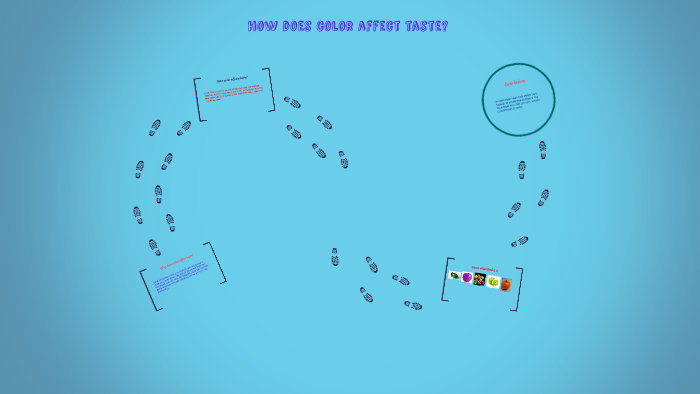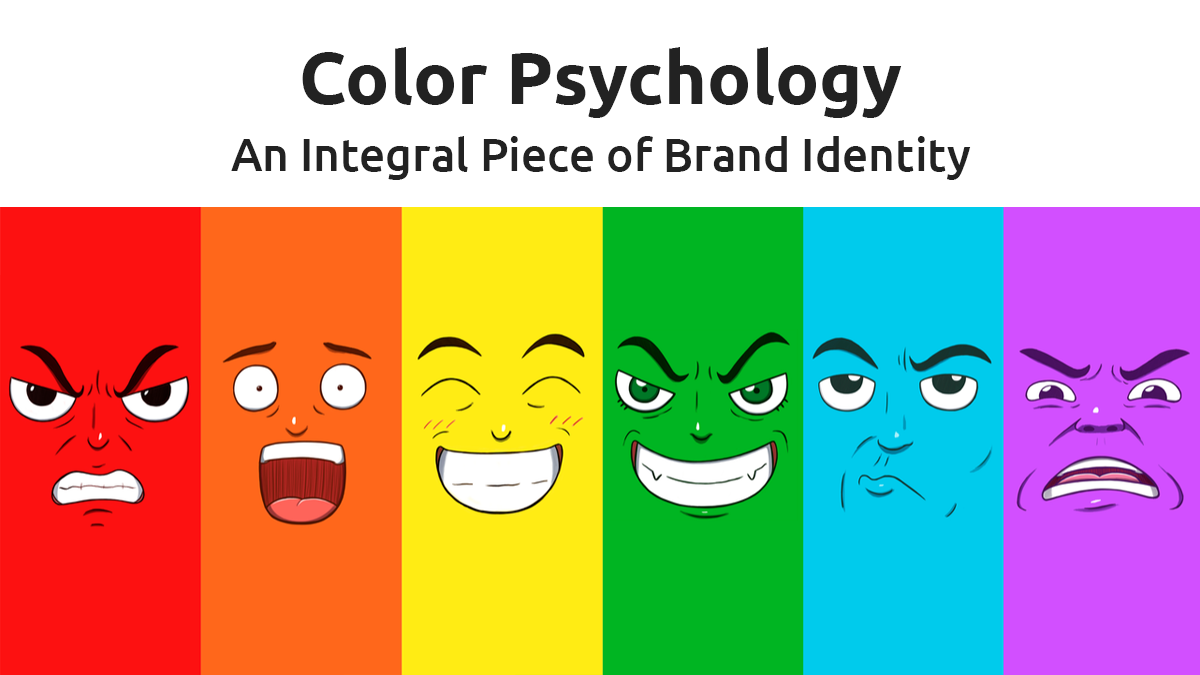The colors around us have a powerful influence on our emotions and behaviors. This is especially true when it comes to the colors in our kitchen, where we prepare and consume our meals. The wall color in our kitchen can have a significant impact on our perception of food. Warm colors, such as red, orange, and yellow, are known to stimulate our appetite and make us feel more energized. On the other hand, cool colors, like blue and green, have a calming effect and may suppress our appetite.1. Color Psychology: How Wall Color Affects Food Perception
Have you ever noticed that certain colors make you feel hungrier than others? This is because different colors can trigger different responses in our brain and affect our appetite. For example, red is known to increase appetite and stimulate the senses, making it a popular color choice in restaurants. Green, on the other hand, is associated with freshness and health, making it a common color in health-focused establishments.2. The Impact of Kitchen Wall Color on Appetite and Food Choices
When it comes to creating a healthy eating environment, the color of our kitchen walls plays a crucial role. Neutral colors, such as white, beige, and grey, are great options for promoting a sense of cleanliness and simplicity in the kitchen. These colors can also make food appear more vibrant and appetizing. Earthy tones, like brown and terracotta, can evoke a sense of warmth and comfort, making them a popular choice for kitchens.3. Choosing the Right Kitchen Wall Color for a Healthy Eating Environment
Believe it or not, the color of our kitchen walls can even impact how we perceive the taste of our food. Research has shown that warm colors can enhance the sweetness and richness of food, while cool colors can make food taste more refreshing and light. This is because our brain associates different colors with different flavors, and these associations can influence our taste buds.4. The Science Behind How Wall Color Can Affect the Taste of Food
The way we present our food can also have a significant impact on our dining experience. The color of our kitchen walls can play a role in this, as it can affect how our food looks on the plate. For example, a brightly colored wall can make food look more vibrant and appealing, while a dark-colored wall can create a more intimate and cozy atmosphere for a romantic dinner.5. Using Color to Enhance the Dining Experience: Kitchen Wall Color and Food Presentation
Have you ever found yourself craving a specific type of food when you enter a restaurant or someone's home? This could be because of the color of the walls in that space. Research has shown that certain colors can trigger cravings for specific types of food. For example, yellow can make us crave sweet and savory foods, while blue can make us crave more refreshing and healthy options.6. The Connection Between Kitchen Wall Color and Food Cravings
Now that we know how powerful color can be in influencing our food perception and cravings, we can use this knowledge to our advantage. By understanding color psychology, we can choose the right wall color for our kitchen to create a positive and healthy eating environment. Soft and warm colors, like peach and coral, can promote a sense of calm and relaxation, leading to a more enjoyable meal experience.7. How to Use Color Psychology to Create a Positive Eating Environment in Your Kitchen
If you want to create a calm and appetizing environment in your kitchen, consider using shades of green. Green is associated with nature and health, making it a great color for a kitchen. You can also opt for soft shades of blue, which can have a similar calming effect. If you want to add a touch of warmth, light shades of yellow can also be a great option.8. The Best Wall Colors for a Calming and Appetizing Kitchen
Believe it or not, the color of our kitchen walls can even affect how we perceive the temperature of our food. Warm colors can make food seem warmer, while cool colors can make it appear cooler. This phenomenon is known as the "Thermal Taste Illusion" and can have an impact on our overall dining experience.9. The Effects of Warm and Cool Kitchen Wall Colors on Food Temperature Perception
When it comes to creating a healthy and inviting kitchen, it's essential to consider both wall color and lighting. The color of our kitchen walls can be enhanced or muted by the lighting in the space, so it's important to strike the right balance. Natural lighting can bring out the true colors on our walls and make our food look more appealing. Additionally, incorporating warm and dim lighting can create a cozy and inviting atmosphere for dining. In conclusion, the color of our kitchen walls can have a significant impact on our perception of food, our appetite, and even our cravings. By understanding color psychology and choosing the right wall color, we can create a positive and healthy eating environment in our kitchens. So, the next time you're redecorating your kitchen, don't forget to consider the power of color!10. Creating a Healthy and Inviting Kitchen with the Right Wall Color and Lighting
The Impact of Kitchen Wall Color on Food Quality

The Importance of Designing a Functional Kitchen
 When it comes to designing a house, the kitchen is often considered the heart of the home. It is where meals are prepared, shared, and enjoyed by family and friends. Therefore, it is no surprise that homeowners pay great attention to the design and aesthetics of their kitchen. From the layout to the appliances, every element plays a crucial role in creating a functional and efficient space. However, one aspect that is often overlooked is the color of the kitchen walls. Surprisingly, the color of the walls can have a significant impact on the quality and taste of the food being prepared.
Kitchen wall color
is not just about aesthetics; it can also affect the overall dining experience.
When it comes to designing a house, the kitchen is often considered the heart of the home. It is where meals are prepared, shared, and enjoyed by family and friends. Therefore, it is no surprise that homeowners pay great attention to the design and aesthetics of their kitchen. From the layout to the appliances, every element plays a crucial role in creating a functional and efficient space. However, one aspect that is often overlooked is the color of the kitchen walls. Surprisingly, the color of the walls can have a significant impact on the quality and taste of the food being prepared.
Kitchen wall color
is not just about aesthetics; it can also affect the overall dining experience.
The Psychology of Color
 Colors have a powerful effect on our emotions and behavior. This phenomenon is known as color psychology, and it studies how colors can influence our moods, thoughts, and even our appetite.
Warm colors
such as red, orange, and yellow are known to stimulate the appetite, while
cool colors
like blue and green can have a calming effect. Therefore, the color of your kitchen walls can subconsciously impact your appetite and ultimately the enjoyment of your meal.
Colors have a powerful effect on our emotions and behavior. This phenomenon is known as color psychology, and it studies how colors can influence our moods, thoughts, and even our appetite.
Warm colors
such as red, orange, and yellow are known to stimulate the appetite, while
cool colors
like blue and green can have a calming effect. Therefore, the color of your kitchen walls can subconsciously impact your appetite and ultimately the enjoyment of your meal.
Choosing the Right Color for Your Kitchen
 Now that we understand the impact of color on our dining experience, it is essential to choose the right color for your kitchen walls. The first step is to consider the overall theme and style of your kitchen. For a traditional and classic look, neutral colors like beige, cream, or white are a safe and timeless choice. However, if you are looking to add a splash of color,
bold and vibrant hues
like red, orange, or even purple can create a visually striking and appetizing space.
Now that we understand the impact of color on our dining experience, it is essential to choose the right color for your kitchen walls. The first step is to consider the overall theme and style of your kitchen. For a traditional and classic look, neutral colors like beige, cream, or white are a safe and timeless choice. However, if you are looking to add a splash of color,
bold and vibrant hues
like red, orange, or even purple can create a visually striking and appetizing space.
The Role of Lighting
 Apart from the color of the walls, lighting also plays a crucial role in how our food appears. The type and intensity of lighting can alter the color and appearance of our food. For example,
warm lighting
can make food look more appetizing, while
cool lighting
can make it appear dull and unappealing. Therefore, it is essential to consider the lighting in your kitchen when choosing a wall color to ensure that it complements and enhances the appearance of your food.
In conclusion, the
color of your kitchen walls
can have a significant impact on the quality and enjoyment of your meals. It is crucial to consider the psychology of color, the overall theme of your kitchen, and the lighting when selecting a wall color. By choosing the right color, you can create a functional and aesthetically pleasing kitchen that will enhance your dining experience.
Apart from the color of the walls, lighting also plays a crucial role in how our food appears. The type and intensity of lighting can alter the color and appearance of our food. For example,
warm lighting
can make food look more appetizing, while
cool lighting
can make it appear dull and unappealing. Therefore, it is essential to consider the lighting in your kitchen when choosing a wall color to ensure that it complements and enhances the appearance of your food.
In conclusion, the
color of your kitchen walls
can have a significant impact on the quality and enjoyment of your meals. It is crucial to consider the psychology of color, the overall theme of your kitchen, and the lighting when selecting a wall color. By choosing the right color, you can create a functional and aesthetically pleasing kitchen that will enhance your dining experience.


























.jpg?itok=nBE0YcbM)











































/best-kitchen-paint-colors-4588205-hero-dd12c4d52704412ebedd920a270ca21f.jpg)
/Warm-Duck-GriegeSherwin-Williams-White-Duck-greige-cream-walls.-BEnjamin-Moore-Edgecomb-Gray-cabinets-dark-wood-island-wood-beams.-Kylie-M-Interiors-Edesign-online-paint-color-blog-1-5c76e62246e0fb0001a5ef9a.jpg)































